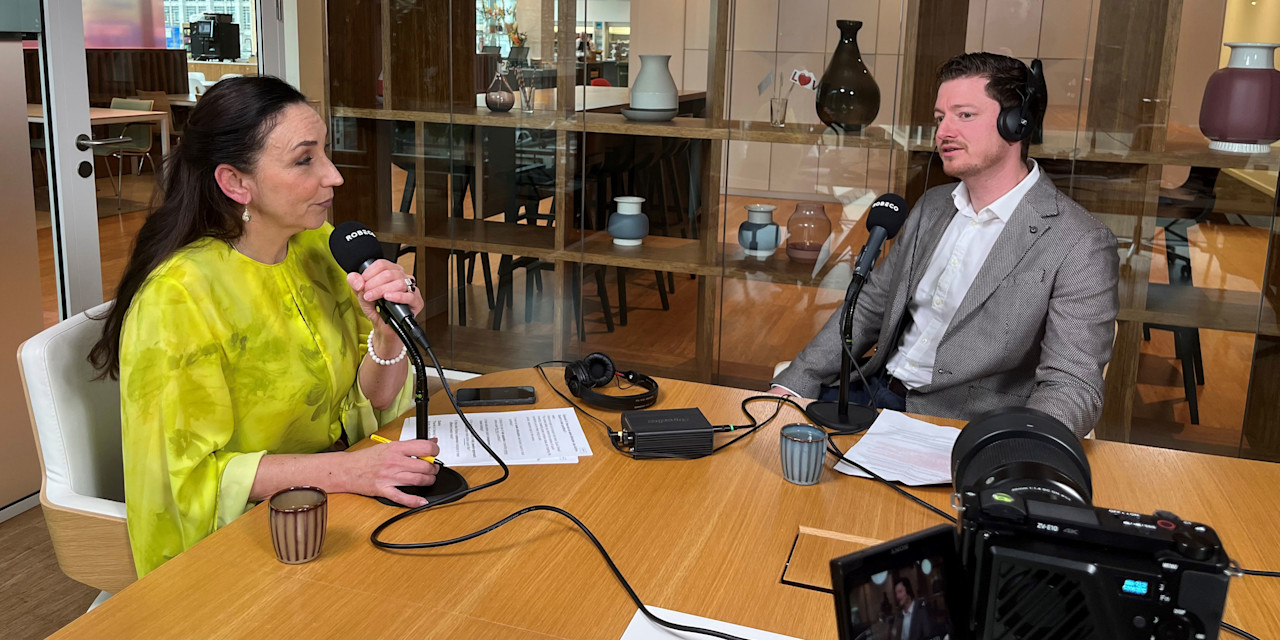

Risky CAPE: Is there an alternative?
The prospect of rising real yields could accentuate the elevated nature of equity market valuations. In this setting, a search for income and capital protection could make low-risk stocks an attractive alternative.
Summary
- Stock markets are trading at high CAPE valuation ratios again
- Stocks look less expensive compared to bonds, but have higher risks
- More value-add from low-risk stocks if Goldilocks scenario ends
The cyclically adjusted price earnings (CAPE) ratio was derived by Nobel laureate Robert Shiller and, in his definition, he uses the past 10-year average inflation-adjusted earnings to smooth out the time variation in earnings. Figure 1 shows the CAPE ratio for the US stock market over the 1929-2021 period.1 It is currently higher than levels seen in 1929 and close to those reached in 1999. From a historical perspective, present-day CAPE valuations correspond with the top 2% most expensive in our sample period.
Figure 1 | US 10-year CAPE ratio (1929-2021)

Source: Shiller, data from January 1929 to July 2021.
For comparison purposes, stock market valuations can be translated into a yield and weighed against the 10-year real bond yield (bond yield minus inflation), which equals a real CAPE yield (CAPEY). The current real bond yield is around -0.4%. This is low within a historical context, but could descend even further. Indeed, the nominal yield lagged inflation for many years during the ‘financial repression’ era of the 1940s and early 1950s.2
From a relative point of view, stocks are currently less expensive as the CAPEY is about 2-3% higher than the levels seen in 1929 or 1999. This relative valuation has been the main argument for buying stocks; as ‘there is no alternative’ (TINA). We believe this argument downplays risks and critically depends on zero real bond yields.
Real yields must, therefore, stay low and not reverse to their long-term average of 2.4%, for the equity market not to look expensive. If this were to happen, it would place the equity market at the 97.5th percentile in terms of the CAPEY. This is why central bank policy has an increasing impact on stock prices and valuations. If a financial repression scenario continues to play out, then higher CAPE ratios can be justified, otherwise market valuations will start to look (very) frothy.
Downside risk shows an increasing pattern as valuations become more demanding
Loss-averse investors fear high valuations
In our analysis,3 we looked into downside risk and linked CAPE ratios to future equity risk for the January 1929 – July 2021 period. We divided the historical sample into five different CAPEY groups, from cheap to expensive, using a three-year horizon and inflation-adjusted returns.
Table 1 illustrates that in any given three-year period, the chance of losing money with stocks in real terms is 21%. Interestingly, this prospect is low (7%) when stocks are very cheap, but high (47%) when they are very expensive. To calculate downside risk, both the chance of loss and average loss are important. A combined way to measure this is to multiply both figures, which is called the first lower partial moment (LPM). In general, the downside risk shows an increasing pattern as valuations become more demanding.
Table 1 | US three-year stock market risk conditional on CAPEY

Source: Robeco Quantitative Research, data from January 1929 to July 2021.
There is an alternative (TIA)
So stocks have become riskier due to their stretched valuations. Given the prospect of rising real yields, investors should perhaps consider alternatives. In our view, investing in low-risk stocks can reduce equity risk by around 25% without sacrificing long-term returns.
We used the Conservative Formula4 to test how low-risk stocks perform across the different CAPEY scenarios. This groups the largest 1,000 US stocks into two equal-sized groups based on historical three-year volatility of returns. Within the group of 500 low-volatility stocks, the 100 most attractive stocks based on net payout yield and price momentum are selected.
Figure 2 depicts the downside risk of the Conservative Formula versus the broad equity market across different CAPEY regimes, using a three-year horizon. The conservative low-risk equities strategy is effective in reducing risk across all CAPEY scenarios. Importantly, it also exhibits lower downside risk when the market is very expensive. For example, when the CAPEY is greater than 2%, the three-year downside risk is reduced significantly from -11% to -5%.5
Figure 2 | Risk reduction of conservative low-risk equities across CAPEY scenarios

Source: Robeco, paradoxinvesting.com. Three-year downside risk.
A strategic allocation to low-risk equities is beneficial to long-term investors
Low-risk equities are beneficial to long-term investors
When the CAPE ratio reached 1929 levels in 2018, Robert Shiller cautiously stated that markets could advance even further in the years to come. Three years later, this reluctant bullish view proved to be correct. Markets have continued to rally, apart from a brief interruption in March 2020. In our analysis, we found that periods with high CAPE ratios and CAPEYs are followed by those with elevated downside risk.
In the past few years, the CAPE ratio has reached extreme levels and low-risk stocks have lagged market-weighted indices. This backdrop helps to put past performance into perspective, demonstrating that without pain (lagging during a bull market), there is usually no gain (long-term high returns). If real yields stay around zero and the Goldilocks scenario persists, current equity market valuations might be justified and the CAPE ratio could continue to rise.
However, we might enter a different economic and monetary regime. In this setting, the focus could shift from growth towards risk and income. If so, stable and profitable companies, with long-term PE ratios of 15-20x, will likely become very attractive alternatives to expensive speculative stocks and return-free risky bonds. Since 2006, we have stressed that a strategic allocation to low-risk equities is beneficial to long-term investors.6
Footnote
1 1929 is used as a starting date, given that we also have CRSP-based low-risk equities series available since then.
2 Financial repression is an effective way to inflate away debt, as happened post WW2 in many Western countries, which is a less painful way compared to outright defaults or large spending cuts.
3 Van Vliet, P., September 2021, “Risky CAPE: Is there an alternative?”, Robeco article.
4 Van Vliet, P., and De Koning, J., November 2016, “High returns from low risk: A remarkable stock market paradox”, Wiley; Blitz, D., and Van Vliet, P., July 2018, “The conservative formula: quantitative investing made easy”, Journal of Portfolio Management. The Conservative Formula portfolio series can be downloaded from https://www.paradoxinvesting.com/
5 Results also hold for equity markets prior to 1929. The CAPEY is available as of 1871, and over the pre-1929 period, we also find that equity market risk goes up when markets are expensive (low CAPEY).
6 For example: Blitz, D., and Van Vliet, P., October 2007, “The volatility effect: lower risk without lower return”, Journal of Portfolio Management; Blitz, D., Falkenstein, E., and Van Vliet, P., April 2014, “Explanations for the volatility effect: an overview based on the CAPM assumptions“, Journal of Portfolio Management; Blitz, D., Van Vliet, P., and Baltussen, G., January 2020, “The volatility effect revisited”, Journal of Portfolio Management; and Blitz, D., May 2021, “Low Volatility investing: now more than ever”, Robeco article.
Get the latest insights
Subscribe to our newsletter for investment updates and expert analysis.
Important information
This information is for informational purposes only and should not be construed as an offer to sell or an invitation to buy any securities or products, nor as investment advice or recommendation. The contents of this document have not been reviewed by the Monetary Authority of Singapore (“MAS”). Robeco Singapore Private Limited holds a capital markets services license for fund management issued by the MAS and is subject to certain clientele restrictions under such license. An investment will involve a high degree of risk, and you should consider carefully whether an investment is suitable for you.






















